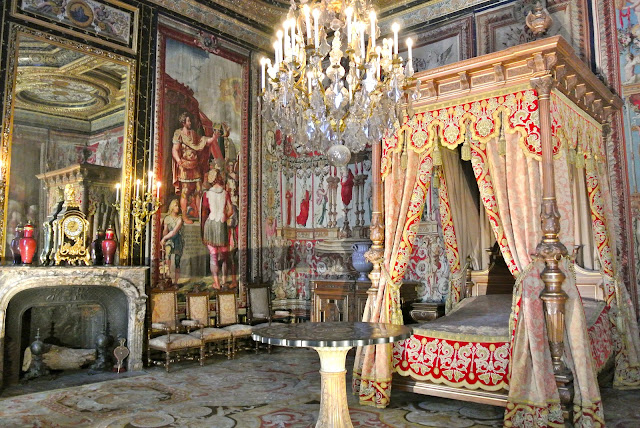Temporary exhibits are the most exciting part of any museum, in my opinion. It is within them that you can truly see a museum's value system and curator's perspective in the way in which they choose to situate a unique collection... of art, for example. Susan Power also attributes temporary exhibitions "to attract increasingly larger number of visitors."
The current temporary exhibition at the MAM was certainly crowded during my visit last week. It showcased "over 400 works of art and documents created/displayed in France during the decade bracketing World War II . . . a crucial and tragic moment in the museum's history." The exhibition was organized chronologically, displaying pieces that had been visible at the time, in addition to those that were not. Lighting was low and very little description was given except for blocks of contextual text at the beginning of each section. For this reason I don't think I'd be able to appreciate the amazing juxtaposition of it all--which, I believe, is the most valuable part--had I not been on a guided tour.
Each piece was so moving, not solely for its artistic composition but for its ideology.There were propaganda-like works for the Vichy government (stylistically of modern and medieval themes), pieces that served as acts of subtle resistance by artists in exile and those kept under lock and key (Picasso, for instance), classic facist art, and even those that had been created by artistically-inclined prisoners at the detention camps with the limited material available:And it closed and ended with surrealist works; the first that had been displayed perhaps with an unconscious premonition of what's to come and the last with a conclusive return of artists to the scene, with the outstanding intention of performing a change on the visitor. The art, degenerate or not, intentionally (and unintentionally) expressed the most barbaric parts of the war. The exhibition thus professed a profoundly political and ethical narrative.



















